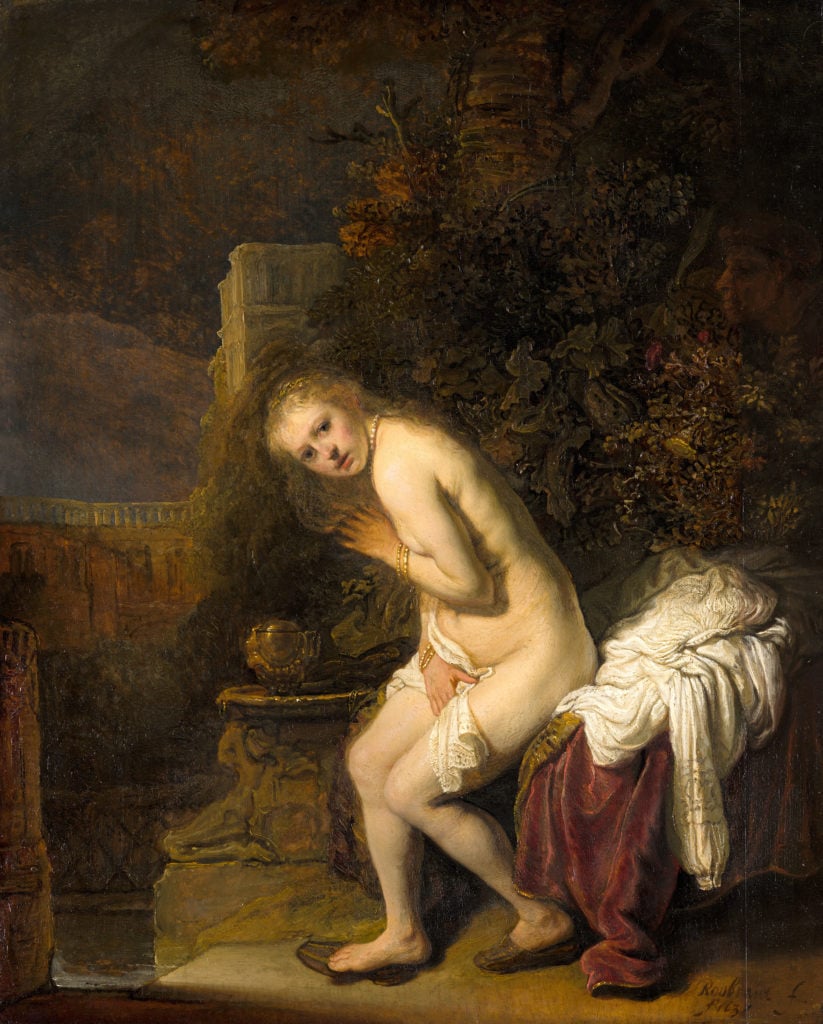
Art World
Scientists Have Found the Rare Secret Ingredient Rembrandt Used to Make His Paintings So Vibrant
The discovery could be critical in helping to preserve the Dutch artist's masterful paintings for future generations.

Dutch and French scientists and have discovered the secret behind Rembrandt’s brilliant and life-life impasto technique.
Citing a research paper published in the scientific journal AngewandteChemie, the Daily Mail reports that the team has identified a substance called plumbonacrite, a rare compound thus far only identified in works of art from the 20th century and in one painting by Vincent van Gogh. The information is vital for understanding Rembrandt’s work—and could be crucial for conserving and restoring his masterpieces for future generations to enjoy.
“We didn’t expect to find this phase at all, as it is so unusual in Old Masters’ paintings,” the paper’s chief author, Victor Gonzalez of the Rijksmuseum in Amsterdam and the Delft University of Technology, told the Daily Mail. “What’s more, our research shows its presence is not accidental or due to contamination, but the result of an intended synthesis.”
To conduct their study, researchers took tiny paint samples, less than 0.1mm in size, from three Rembrandt paintings: The Portrait of Marten Soolmans (1634) at the Rijksmuseum, Bathsheba (1654) from the Louvre, and Susanna (1636) from the Mauritshuis in the Hague.
With cutting-edge technology from the European Synchrotron lab in Grenoble, France, the team used radiation x-rays to identify the chemicals in the paint samples. “Based on historical texts, we believe that Rembrandt added lead oxide, or litharge, to the oil in this purpose, turning the mixture into a paste-like paint,” conservation expert Marine Cotte said.
Annelies van Loon of the Rijksmuseum said the next step was to look at more pictures by Rembrandt and his peers. “We are working with the hypothesis that Rembrandt might have used other recipes, and that is the reason why we will be studying samples from other paintings by Rembrandt and other 17th Dutch Masters, including Vermeer, Hals, and painters belonging to Rembrandt’s circle.”
Follow artnet News on Facebook:
Want to stay ahead of the art world? Subscribe to our newsletter to get the breaking news, eye-opening interviews, and incisive critical takes that drive the conversation forward.
SHARE

No comments:
Post a Comment